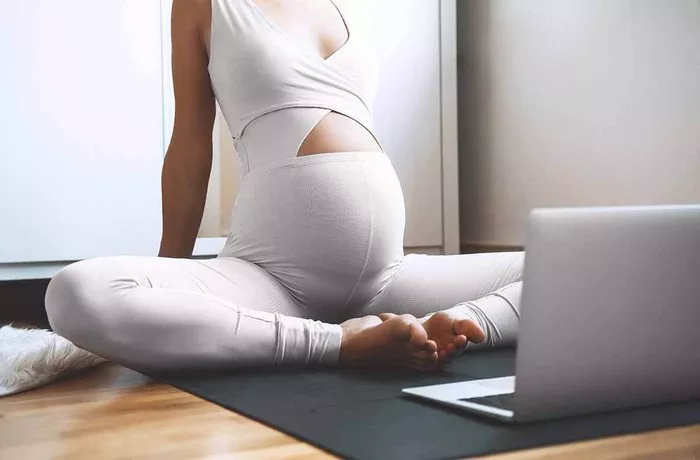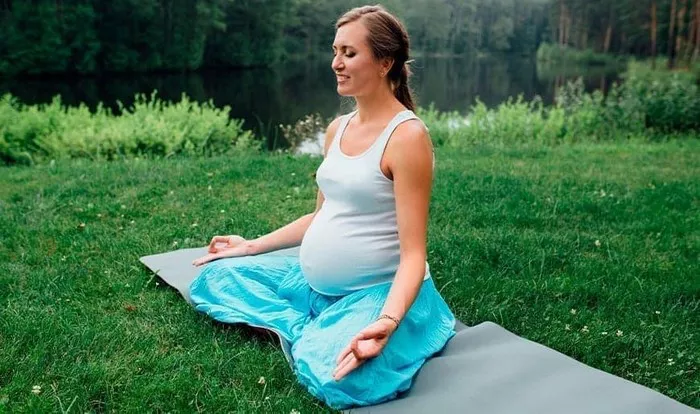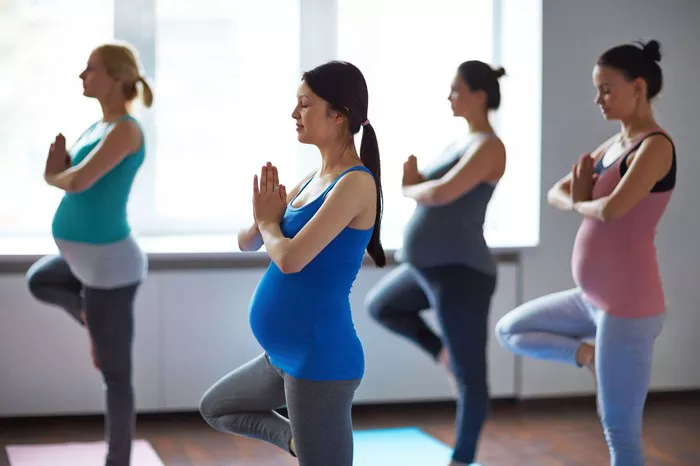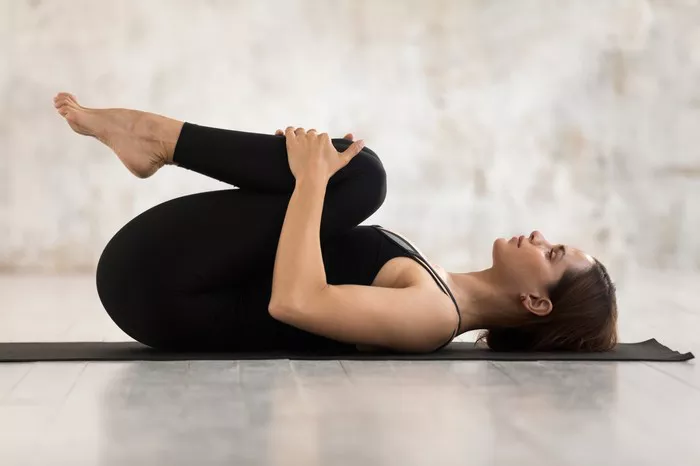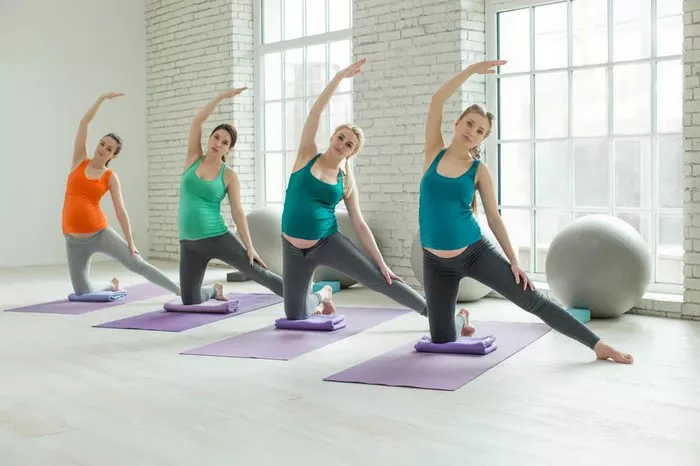A pinched nerve in the neck, medically known as cervical radiculopathy, occurs when a nerve in the neck is compressed or irritated at the point where it branches away from the spinal cord. This condition often causes pain, numbness, or weakness radiating from the neck into the shoulder and arm. Common causes include herniated discs, bone spurs, or degenerative changes in the cervical spine. It can significantly affect daily activities and quality of life.
Understanding the root cause of the pinched nerve is essential before starting any treatment plan. Diagnosis typically involves physical examinations, imaging tests such as MRIs or CT scans, and sometimes nerve conduction studies. Once a diagnosis is confirmed, healthcare providers usually recommend a combination of rest, medication, physical therapy, and in some cases, surgery. Complementary therapies like yoga are also gaining attention as part of conservative treatment strategies.
The Role of Yoga in Pain Management
Yoga, an ancient practice rooted in physical postures (asanas), breath control (pranayama), and meditation, has been increasingly adopted in therapeutic settings. Its holistic approach aims not only to strengthen the body but also to calm the nervous system and improve mental well-being. For individuals with a pinched nerve in the neck, yoga may offer relief by promoting flexibility, improving posture, and reducing tension in the cervical spine.
It is important to note that not all yoga poses are suitable for those experiencing neck pain. Some movements could potentially aggravate the condition if done incorrectly or without proper guidance. Therefore, anyone with a pinched nerve should consult a healthcare provider and possibly a yoga therapist who has experience working with musculoskeletal issues.
Benefits of Yoga for Cervical Radiculopathy
Improved Flexibility:
Gentle stretching exercises can help reduce muscle stiffness around the neck and shoulders, making movement easier and less painful.
Enhanced Posture:
Poor posture, especially from prolonged computer or phone use, can contribute to nerve compression. Yoga promotes spinal alignment and awareness of posture.
Reduced Muscle Tension:
Stress and tension often accumulate in the neck and upper back. Yoga helps in releasing this tension through mindful movement and breathing techniques.
Increased Blood Circulation:
Certain poses enhance blood flow to the affected area, which can facilitate healing and reduce inflammation.
Mind-Body Awareness:
Yoga encourages mindfulness, which can help individuals manage pain more effectively and reduce the psychological impact of chronic discomfort.
Best Yoga Poses for a Pinched Nerve in the Neck
1. Cat-Cow Stretch (Marjaryasana-Bitilasana)
This gentle flow between two poses warms up the spine and increases mobility. It encourages the neck to move in a controlled and supported manner, promoting circulation and reducing stiffness.
2. Thread the Needle Pose (Parsva Balasana)
This pose provides a gentle twist to the spine and helps release tension in the upper back and shoulders, areas commonly tight when the neck is affected.
3. Supported Fish Pose (Matsyasana Variation)
Using a bolster or rolled blanket, this restorative pose opens the chest and relieves tension in the neck and shoulders. It’s ideal for relaxing while gently extending the cervical spine.
4. Child’s Pose (Balasana)
This resting pose gently stretches the spine and shoulders. It also encourages relaxation and is excellent for calming the nervous system.
5. Seated Neck Stretches
Simple neck stretches done in a seated position can target the exact areas of stiffness and pain. These should be performed slowly and mindfully to avoid further strain.
Precautions and Contraindications
- Avoid Inversions: Poses that place the head below the heart, like headstands or shoulder stands, can increase pressure on the neck and should be avoided.
- Don’t Push Through Pain: Yoga should never be painful. If a pose causes discomfort in the neck, it should be modified or skipped.
- Use Props: Supportive tools like bolsters, blocks, and straps can help maintain proper alignment and reduce strain.
- Work with a Qualified Instructor: A certified yoga therapist can tailor sessions to individual needs and ensure safety throughout the practice.
- Combine with Medical Treatment: Yoga should complement, not replace, medical treatment. Always follow your healthcare provider’s advice.
Tips for Practicing Yoga Safely with a Pinched Nerve
- Start Slow: Begin with short sessions that focus on gentle movement and stretching.
- Warm Up: Always start with a warm-up to prepare the muscles and joints.
- Focus on Breath: Incorporate breathing techniques to enhance relaxation and reduce muscle tension.
- Stay Consistent: Regular practice can lead to more noticeable benefits over time.
- Listen to Your Body: Each day may feel different. Adjust your practice based on how you feel.
When to Avoid Yoga for Neck Pain
While yoga offers many benefits, it may not be suitable in certain cases:
- Severe or Acute Pain: If the pain is intense or recent, rest and medical evaluation are recommended first.
- Loss of Strength or Function: Any signs of neurological deficit, such as muscle weakness or impaired coordination, require immediate medical attention.
- After Surgery: Post-operative healing must be monitored by a medical team before resuming yoga.
If any of these apply, it’s best to wait until you receive clearance from a healthcare professional before engaging in yoga.
Integrating Yoga into a Holistic Recovery Plan
Yoga works best when integrated into a broader recovery plan. This might include physical therapy, ergonomic adjustments at work, pain management strategies, and nutritional support. Yoga complements these approaches by adding a mind-body element that enhances overall resilience and coping mechanisms.
In addition to physical poses, incorporating meditation and breathing exercises can further reduce stress, which is often a contributing factor in chronic neck pain. Techniques such as alternate nostril breathing (Nadi Shodhana) or deep diaphragmatic breathing are particularly effective.
Final Thoughts
Yoga can be a valuable tool in managing a pinched nerve in the neck when practiced mindfully and under professional guidance. Its emphasis on alignment, breath, and body awareness makes it especially suited for conditions involving nerve impingement and muscle tightness. However, safety must remain the top priority. A tailored, cautious approach often yields the best results.
For individuals dealing with cervical radiculopathy, yoga is not a cure-all but a supportive therapy. When used alongside conventional treatments and lifestyle modifications, it can help restore function, reduce pain, and improve quality of life. Always consult with your healthcare provider before starting any new exercise regimen, especially when dealing with spinal or neurological conditions.
Related Topics:

